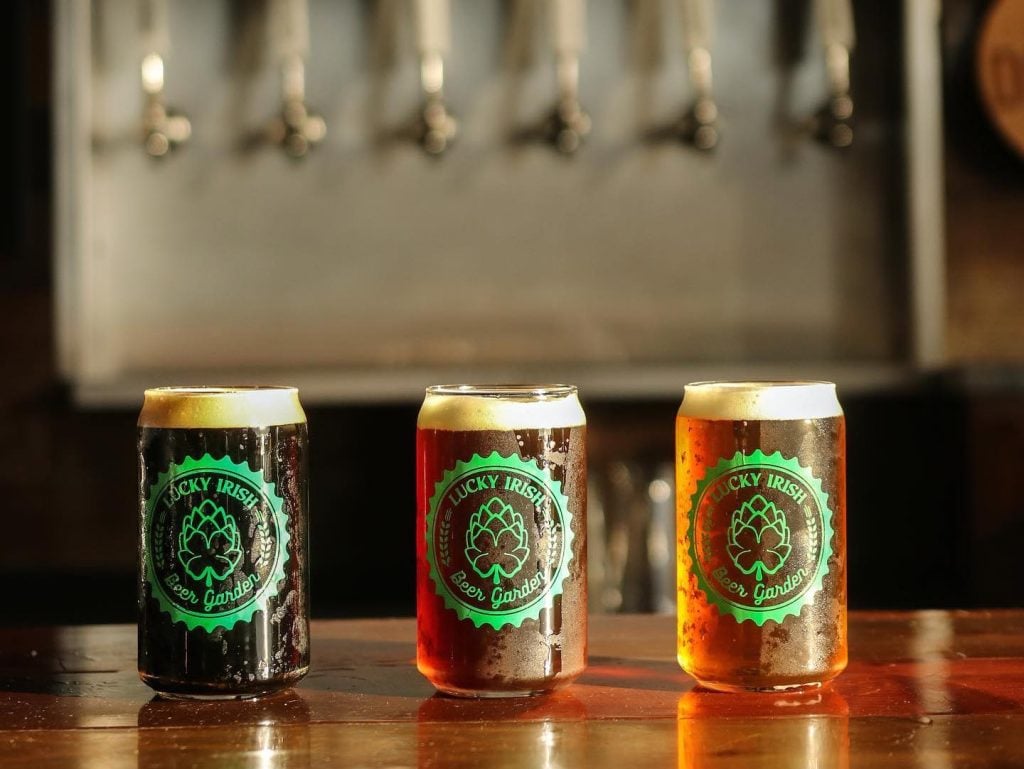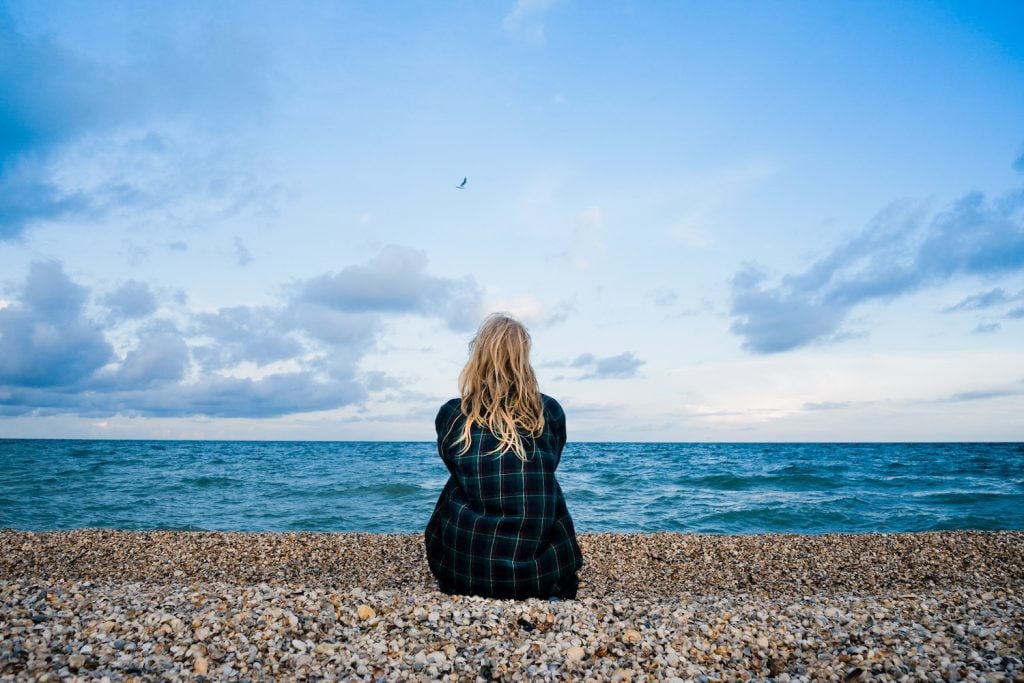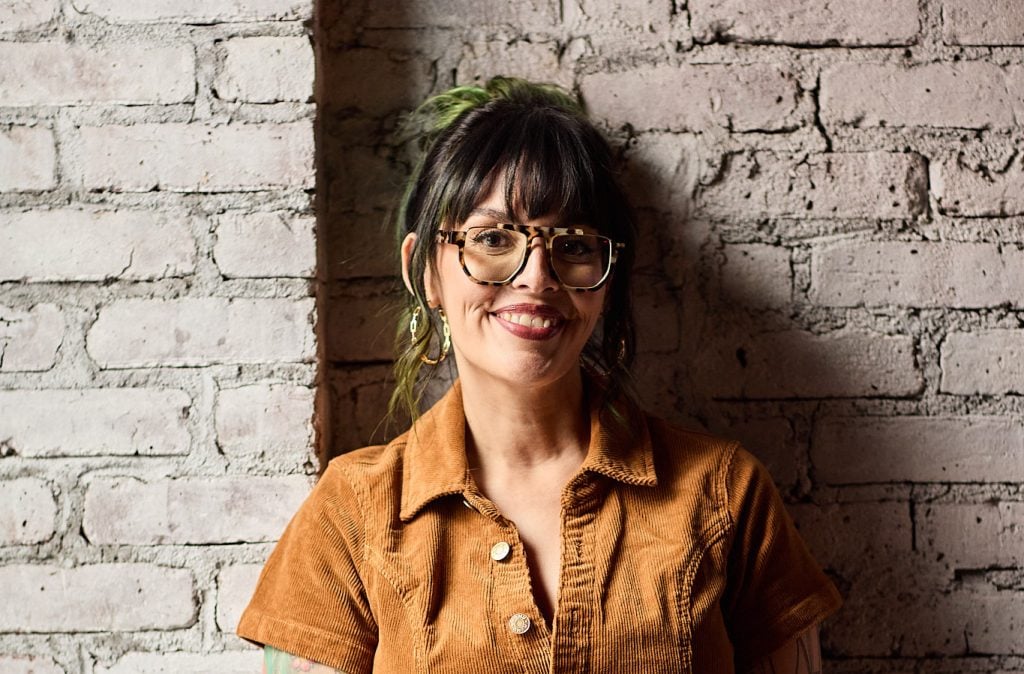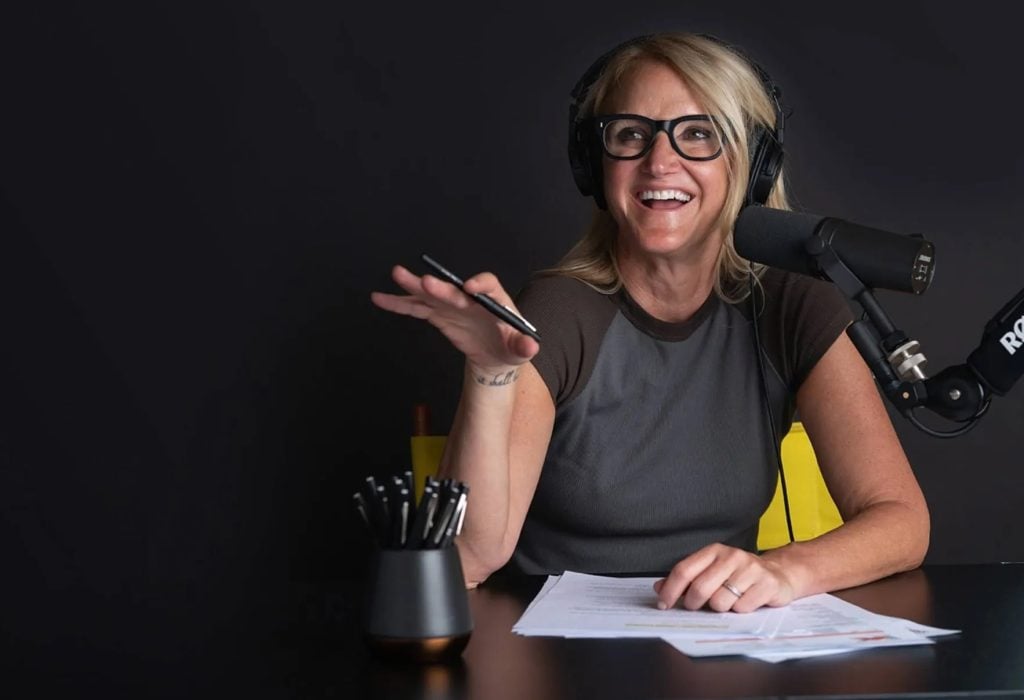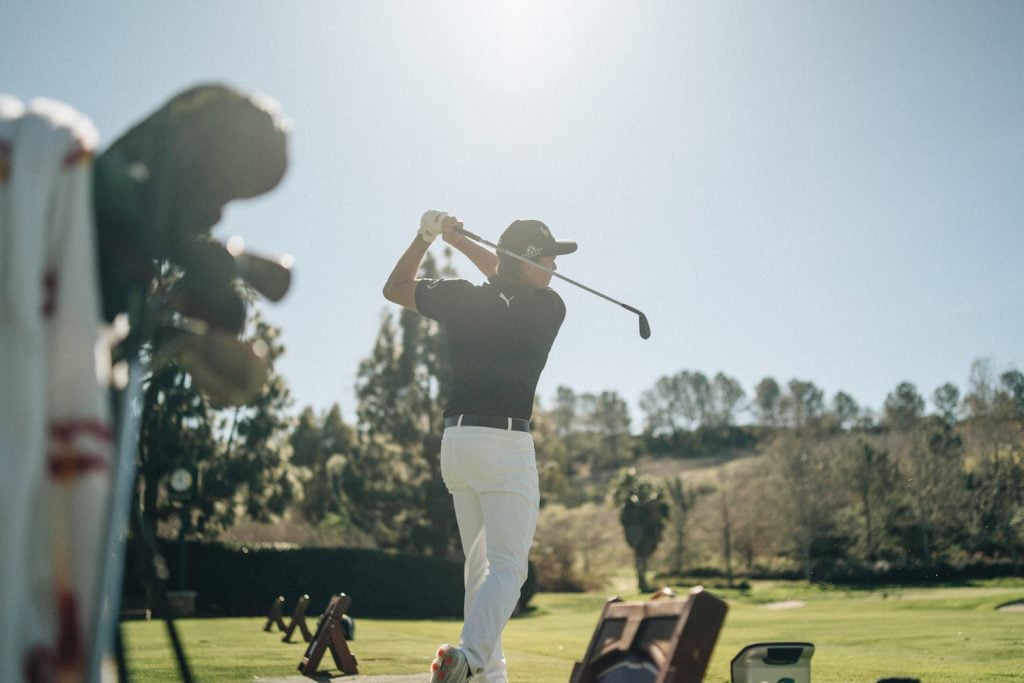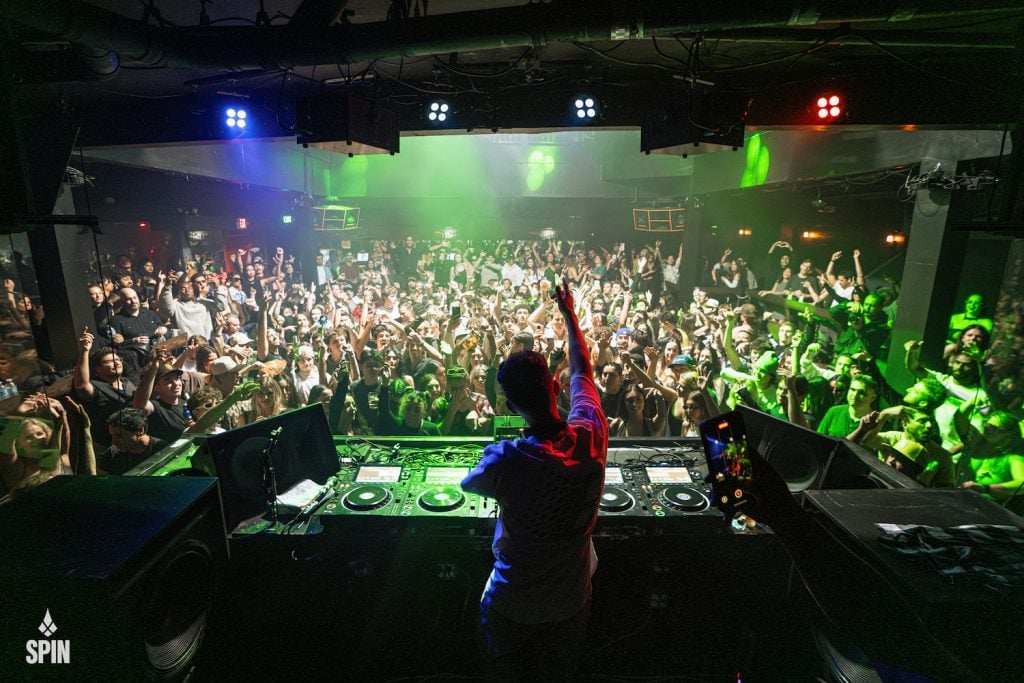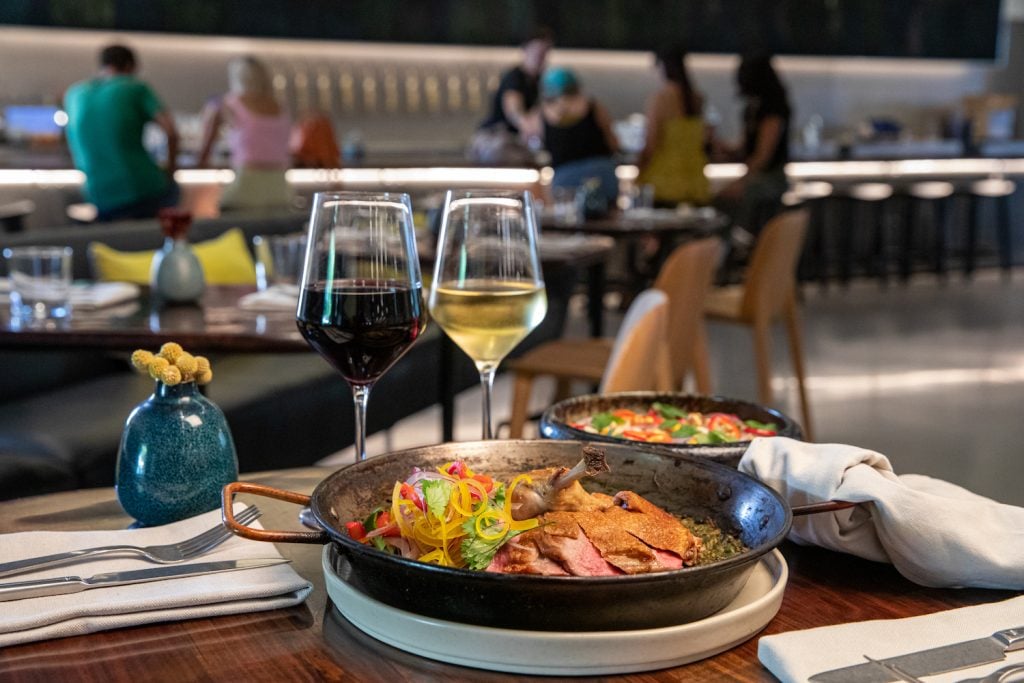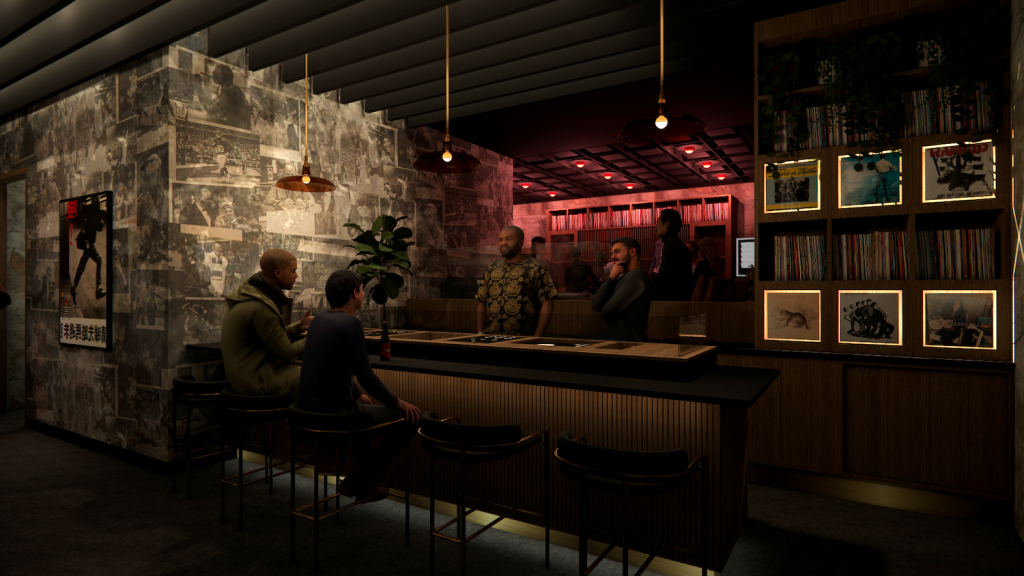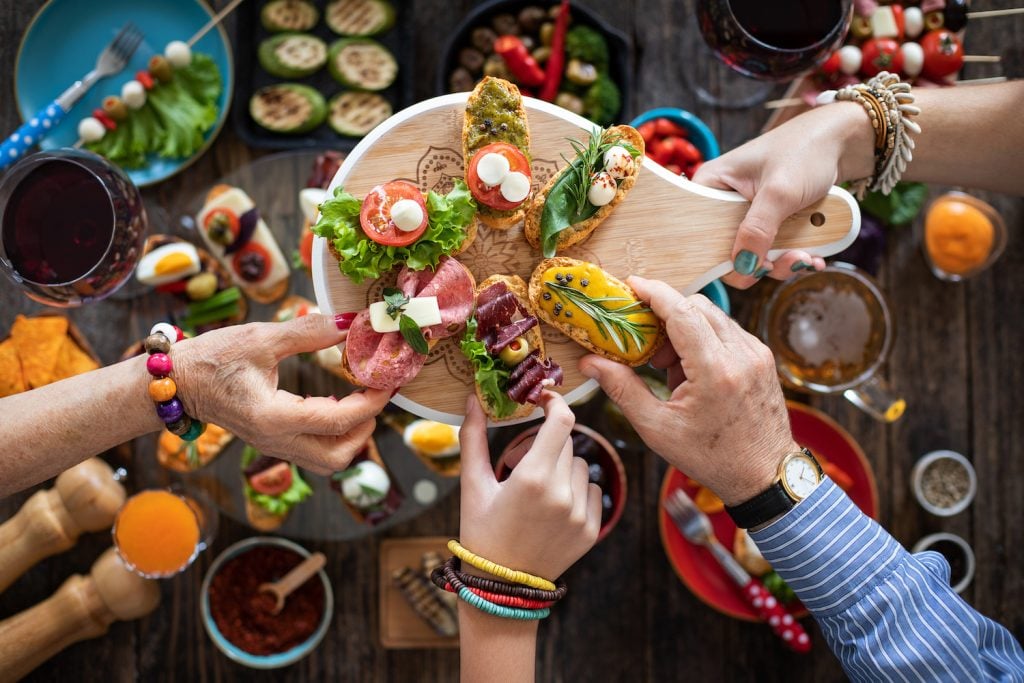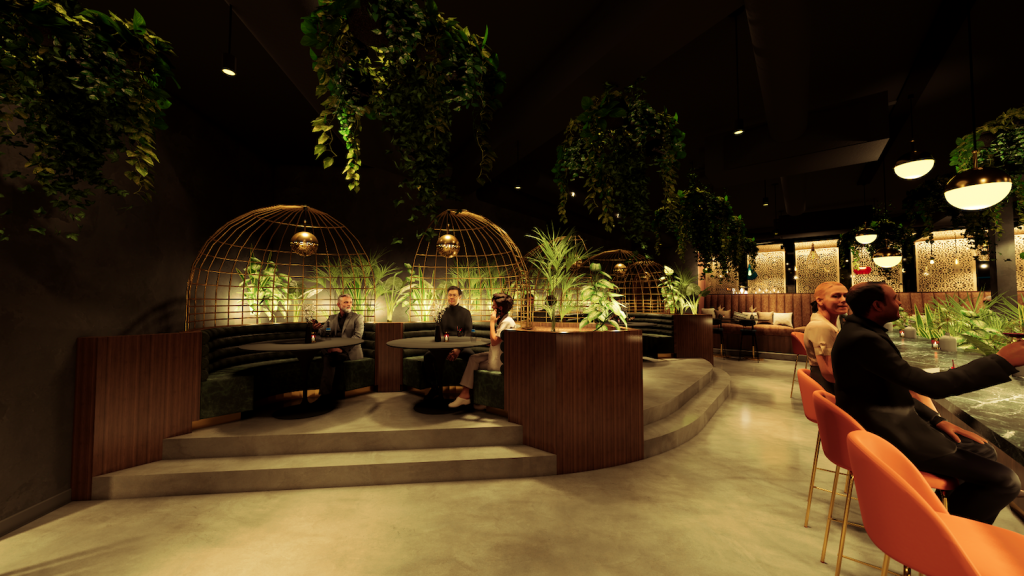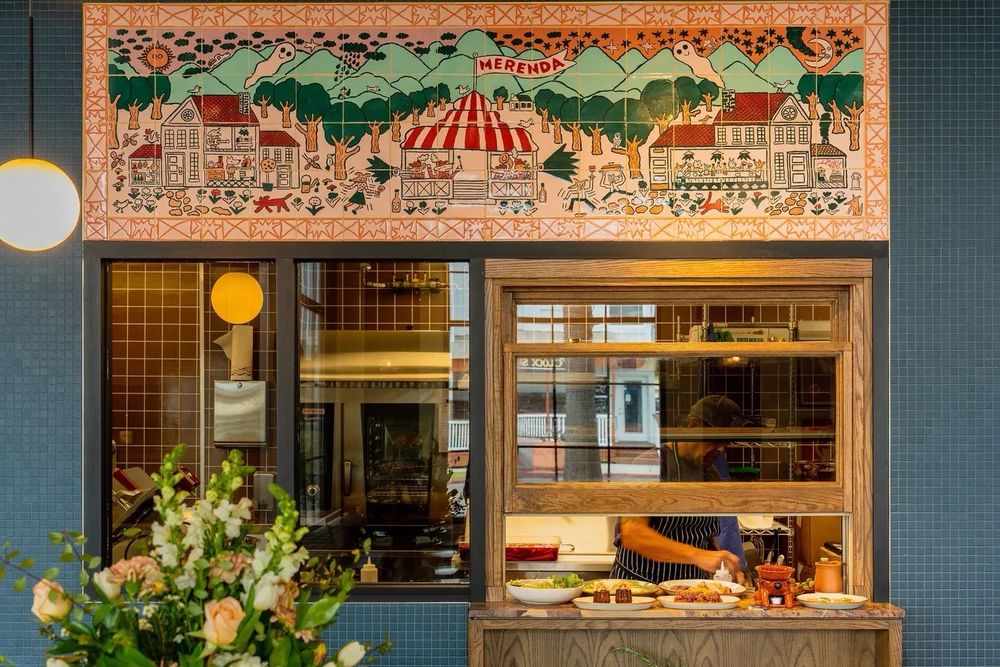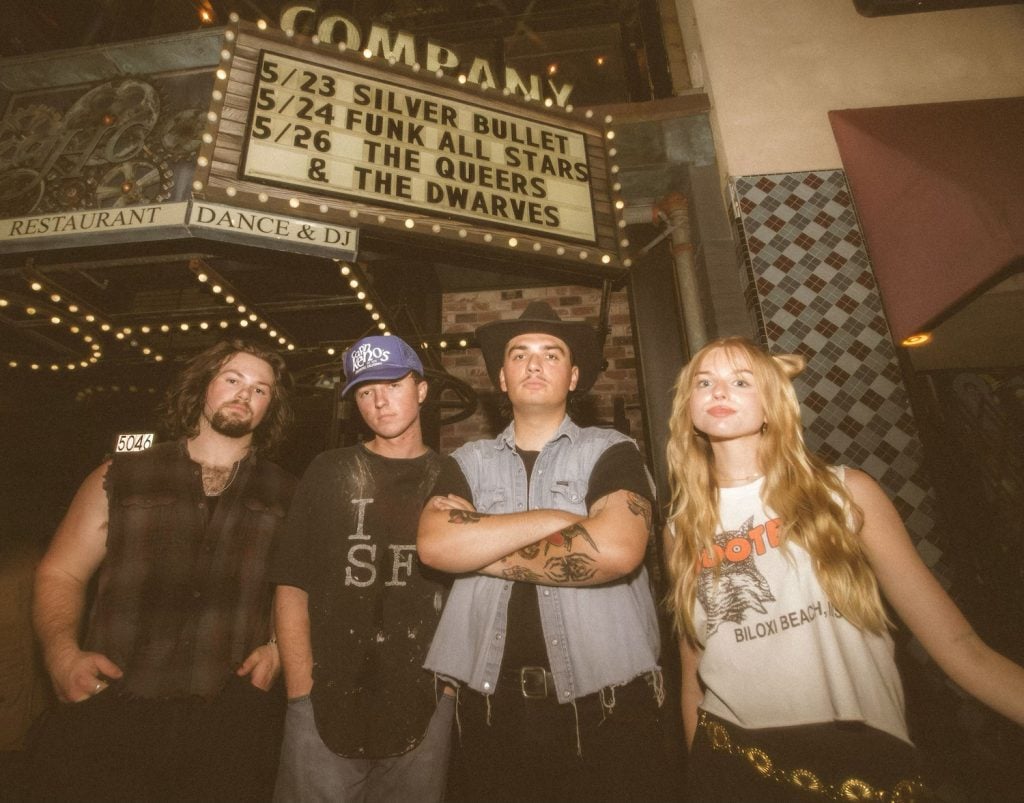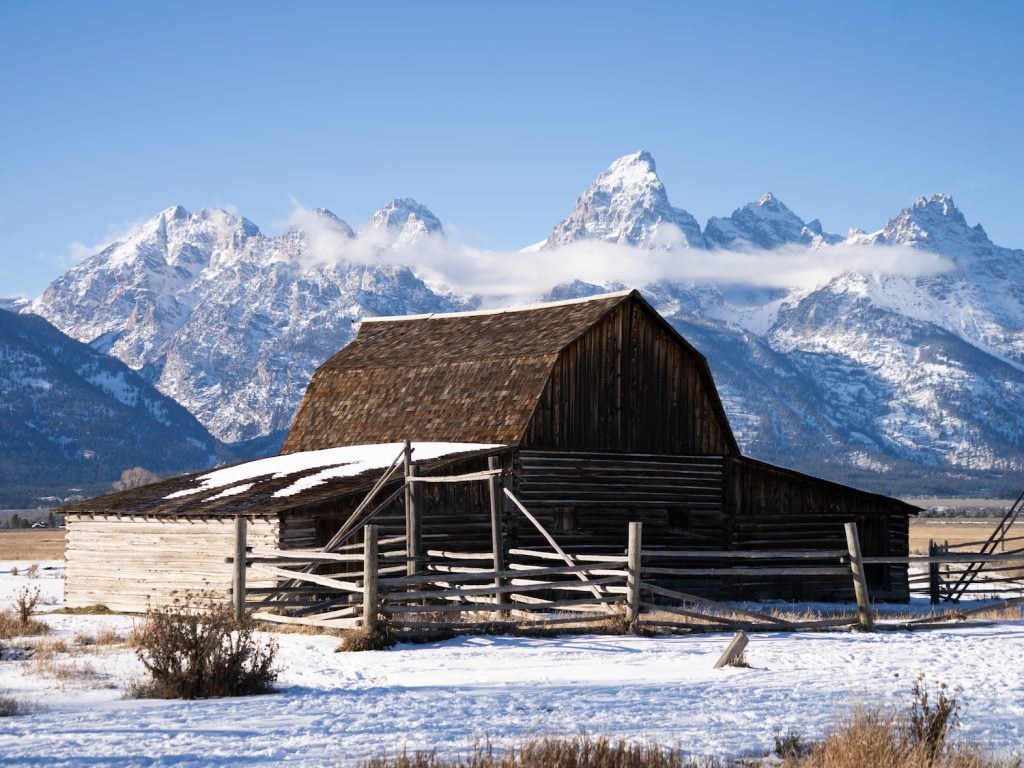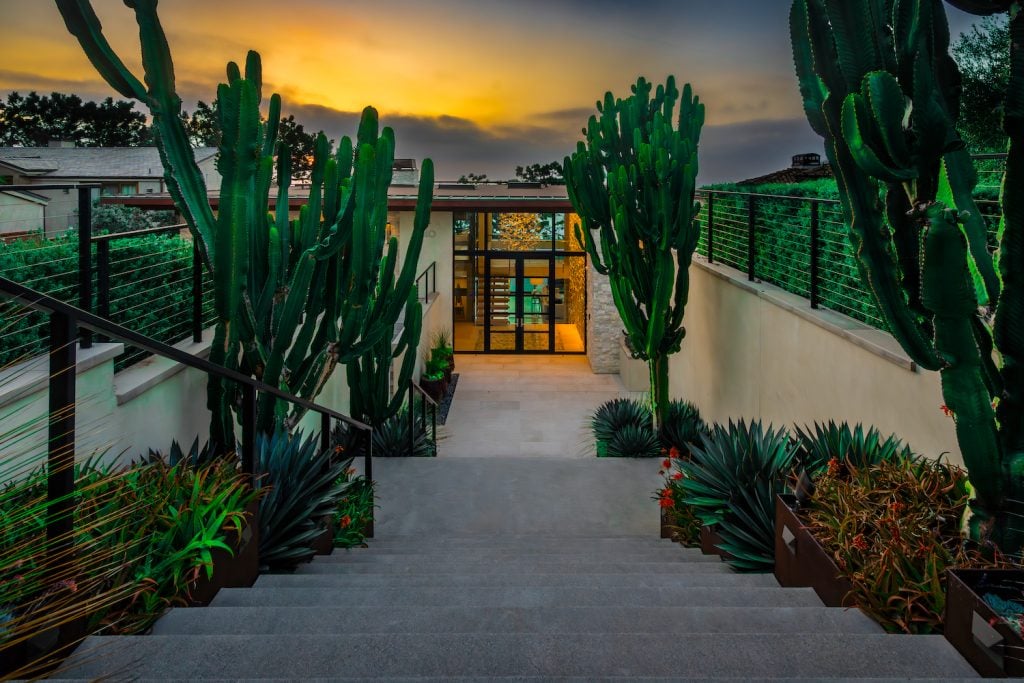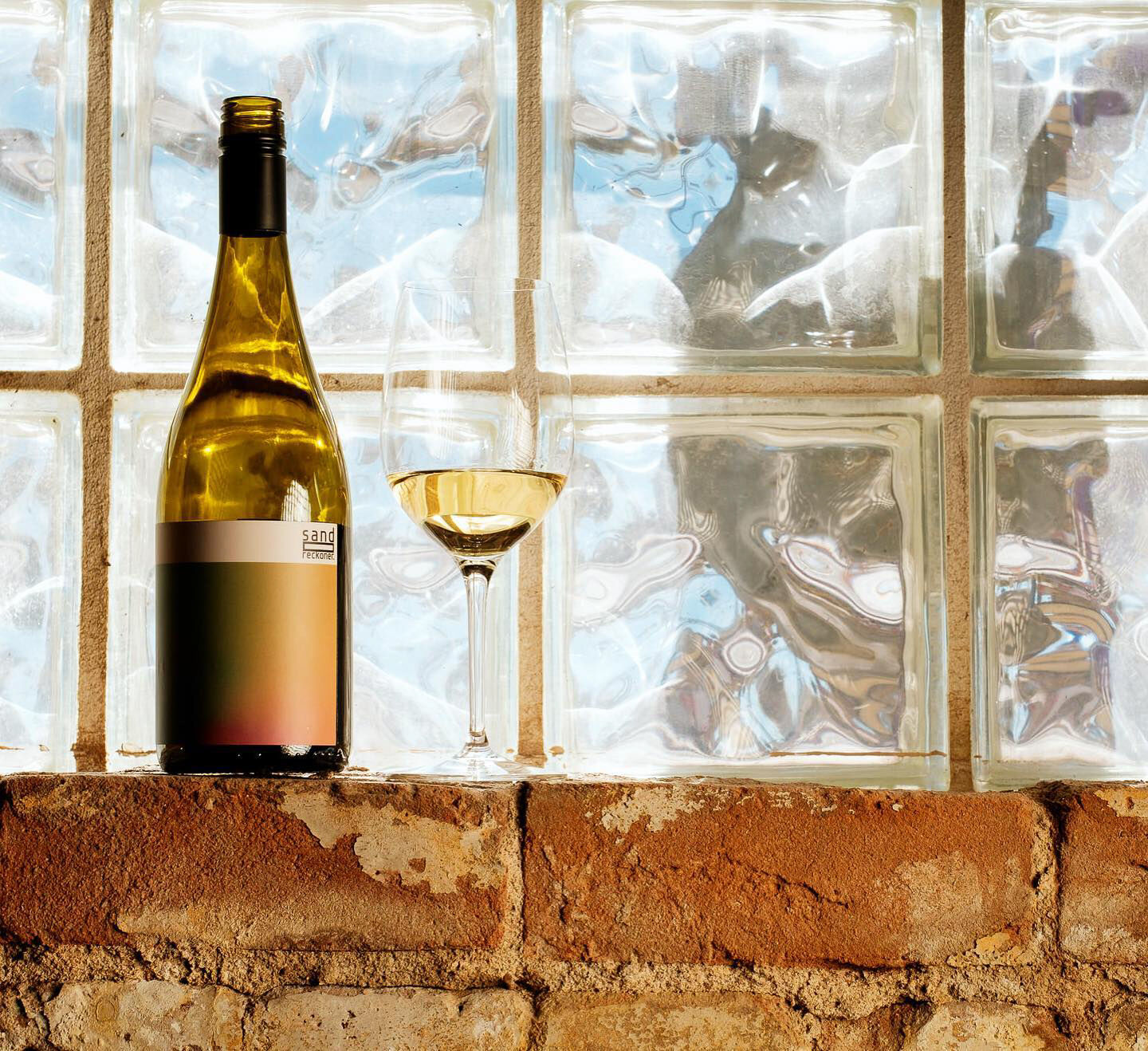
Sand-Reckoner’s wines are made from grapes grown on the Willcox Bench, a couple of hours southeast of Tucson.
Arizona’s desert-born wine scene is starting to heat up, like a summer day just before dawn. In Tucson, Sand-Reckoner Vineyards is, at the moment, the only local wine label with a downtown tasting room. Here, curious wine drinkers can stretch their assumptions about the saguaro-speckled Sonoran Desert’s fruitful offerings. The first is challenging the notion that the desert produces wine at all.
“The soil is very good,” Sarah Fox says. She owns Sand-Reckoner with winemaker Rob Hammelman. Fox is referring to the dirt in the ringed-by-mountains Willcox wine region located about an hour and a half southeast of Tucson. Its earthy terroir comes from a Chex Mix of sand, clay, and minerals. Burrow three feet further down, and you hit limestone. In other words, it’s a classic wine soil profile, similar to France’s famed Burgundy region.
This part of the desert also touts an elevation of at least 4,000 feet and seasonal monsoon weather flowing up from the Gulf of Mexico. The elemental combination prevents grapes from shriveling into raisins during scorching summers. During monsoon season, producers have to play lifeguard, lest the fruit drown. And some growers have learned to cultivate varieties that play nice with a little extra hydration. “Sangiovese is very well-behaved in the vineyard,” Fox says. So are syrah and tempranillo.
When it comes to wine making, Sand-Reckoner has transitioned to a mostly low-intervention approach. That means opting for organic sprays, eschewing herbicides, and using naturally occurring yeast—a critical ingredient that turns sugar into alcohol. In the glass, Sand-Reckoner wines are an elegant ballroom dance. Its malvasia bianco bursts with lychee. Its grenache rosé is more understated than other punchy or candied strawberry-watermelon bottles. Its sangiovese includes grapes from Sand-Reckoner’s own vineyard and hints at bright cherry and earth.
Well-known grapes like cabernet sauvignon and chardonnay grow well in most areas, but Fox says exploring “outside of the norm” grapes in Arizona’s unique terroir is more exciting. By fall 2023, Fox and Hammelman hope to move into a larger space within the downtown Warehouse Arts District, where their current tasting room is situated, to include room for bottling, cellaring, and tasting. “It takes a certain amount of grit to forge forward in an area that’s not known yet for grape growing,” Fox says.
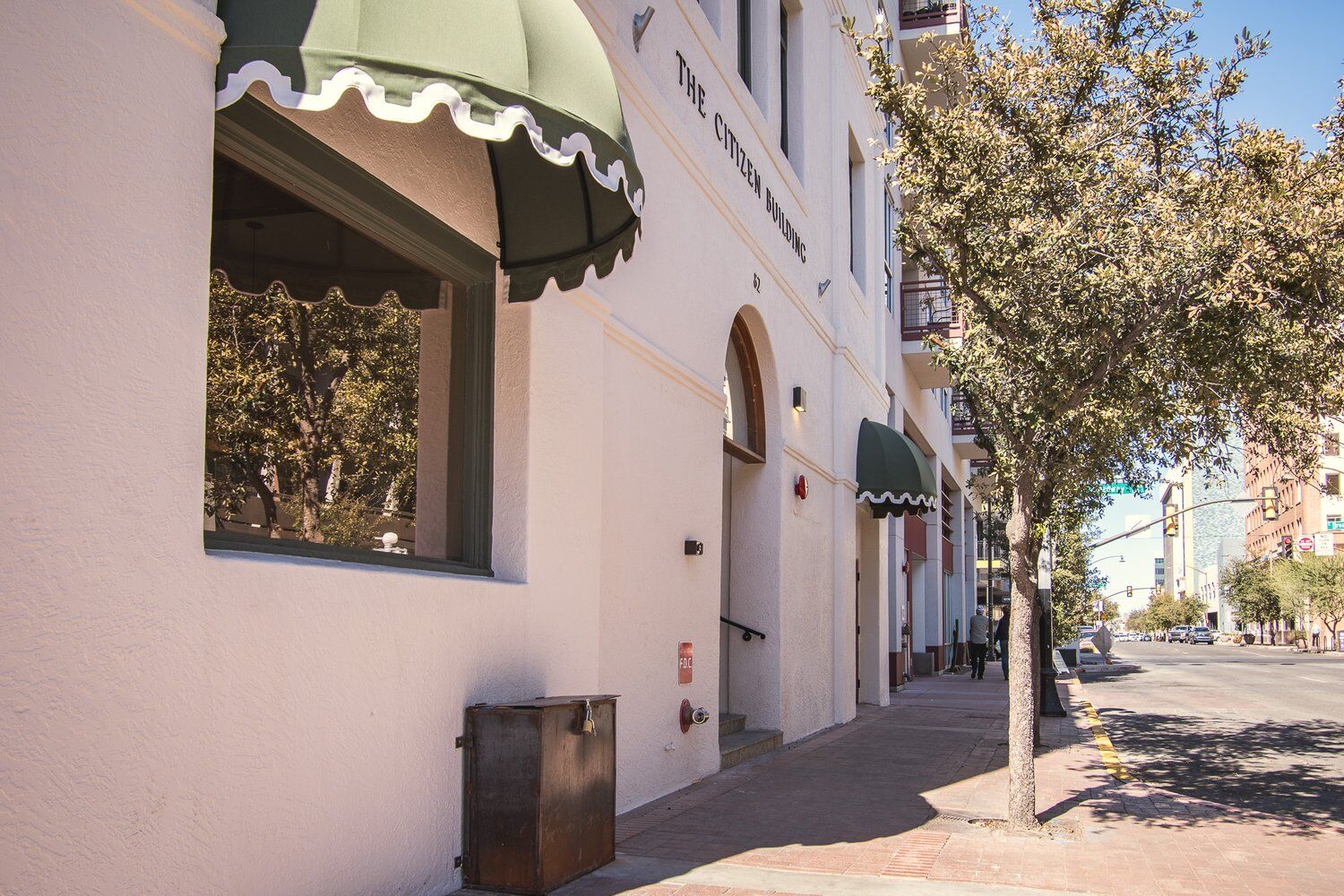
What used to be a newspaper building is now Tucson’s Citizen Hotel, which boasts wine-soaked amenities like a bottle fridge in every room.
Courtesy of The Citizen Hotel
Where to Stay
Keep the wine theme going at The Citizen Hotel. What was once Tucson’s first newspaper press building was reimagined in 2022 with muted pastels and light wood, stone, and bronze accents that mimic the desert landscape. Vino-centric amenities include wine fridges in each of its 10 high-ceilinged rooms. In the world of shrinking hotel perks, an in-room French press coffee kit, a soaking tub, and bathrobes feel luxurious.
A minimalistic lobby bar offers red, white, and fortified wines made by regional producers from Arizona and Mexico and occasional complimentary wine tastings. Around town, find more local wine at bottle shops and specialty markets like nearby Pearly Baker Fermentables and Time Market.
